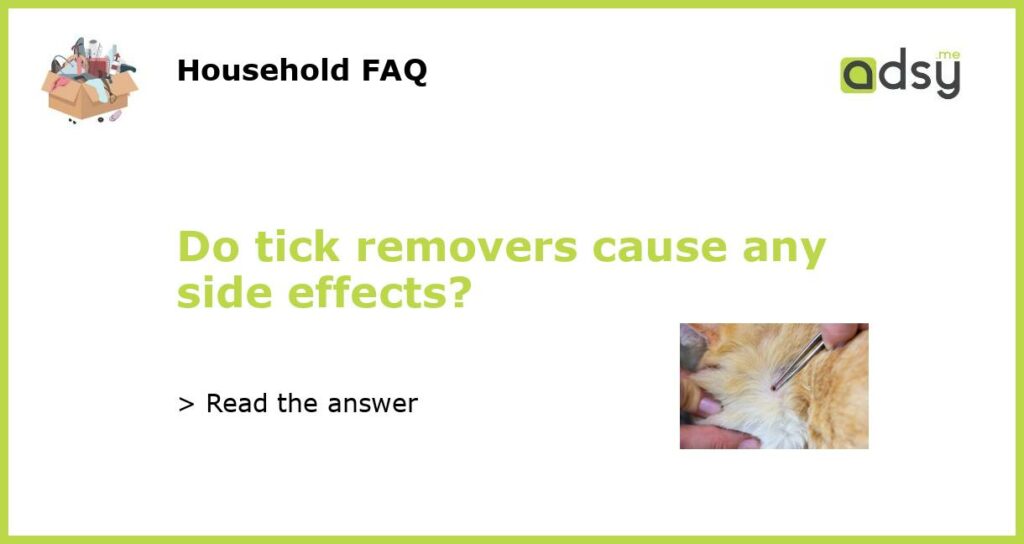Tick removers: A valuable tool in tick removal
Ticks can be a nuisance, not only for humans but also for pets. These tiny parasites can cause discomfort, transmit diseases, and even lead to serious health issues. Tick removers, such as tick tweezers or tick hooks, are commonly used to safely remove ticks from the skin. But do these tick removers cause any side effects?
How do tick removers work?
Tick removers are designed to safely remove ticks without leaving any mouthparts embedded in the skin. They work by grasping the tick as close to the skin as possible and gently pulling it straight out. This technique helps to minimize the risk of infection or inflammation.
Potential side effects of tick removers
While tick removers are generally safe and effective, there are some potential side effects that users should be aware of:
Irritation and Redness: Using tick removers aggressively or repeatedly in the same area can cause irritation and redness of the skin. This can be especially true for individuals with sensitive skin.
Trauma to the Skin: Improper use of tick removers, such as applying excessive force or twisting, can lead to trauma and damage to the skin. This may increase the risk of infection and delay healing.
Allergic Reactions: In rare cases, individuals may have allergic reactions to the materials used in tick removers. This can manifest as itching, swelling, or a rash at the site of application.
Tips for safe tick removal
To minimize the potential side effects of tick removers and ensure safe tick removal, follow these tips:
Use the right tool: Choose the appropriate tick remover for the task. Tick tweezers or tick hooks are commonly recommended by healthcare professionals and veterinarians.
Grasp close to the skin: When removing a tick, grasp it as close to the skin as possible to ensure the tick is fully removed without leaving any parts embedded.
Pull straight and steadily: Avoid twisting or jerking the tick remover while pulling. This can help to minimize trauma to the skin and reduce the risk of leaving behind mouthparts.
Disinfect the area: After tick removal, clean the area with an antiseptic solution to reduce the risk of infection.
When to seek medical attention
In most cases, tick removal with a tick remover will not cause any side effects. However, it is important to monitor the area for any signs of infection or allergic reactions. Seek medical attention if you experience:
Intense itching or swelling: If the area around the tick bite becomes intensely itchy or swollen, it may indicate an allergic reaction or infection. Medical evaluation is recommended in such cases.
Persistent redness or discharge: If the tick bite site remains persistently red or develops discharge, it may suggest an infection. A healthcare professional can evaluate and provide appropriate treatment.
Unusual symptoms: If you experience any unusual symptoms, such as fever, muscle aches, or a rash away from the tick bite site, it is important to seek medical attention as it may indicate a tick-borne illness.






